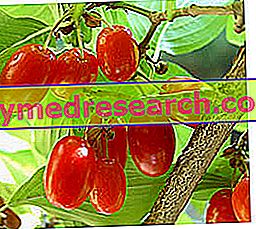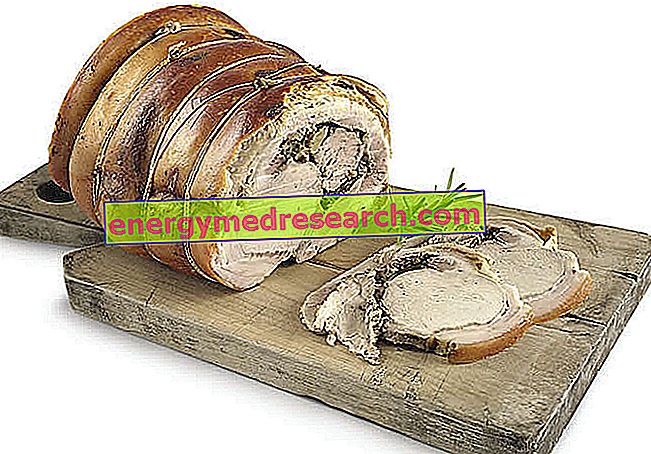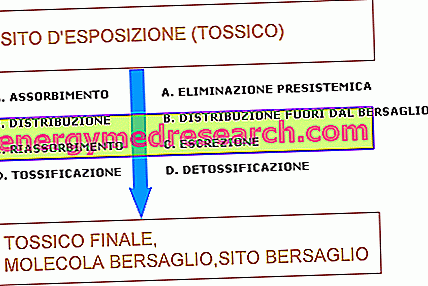Introduction
A reference model of the genus Cornus, the cornel tree is a shrub or small tree, a fruit which can be easily found at the edge of woods and forests that grow in temperate climate regions.

However, more than being renowned for its phytotherapeutic properties, the cornel stands out for its wood, fruits and flowers. First of all, the wood is particularly resistant, solid and compact, thanks to the slow development of the plant; the fruits, comparable to elongated and sour cherries, lend themselves to becoming the protagonists of tasty preserves. Finally, the flowering of the cornel, very special: the flowers bloom bravely in February, a period in which the remaining vegetation of the undergrowth is still dormant.
Generality
Dogwood is a typical species of central and eastern Europe; more precisely, the plant grows spontaneously at the limits of the Caucasus and Asia Minor, while in the Bel Paese the dogwood is typical of the northern regions. We are talking about a plant both thermophilic (suitable for living in warm environments) and xerophilous (it also adapts to arid and xeric environments), a lover of calcareous, shady and damp soils: the cornel generally grows in small groups, only rarely is it a solitary plant.
The cornel tree is mostly cultivated for ornamental and building purposes, but its edible and particular fruits are used in the kitchen to prepare jams. Particular is the dyeing use of the plant: the cornel is in fact used for the coloring properties (in yellow). [taken from Alberi, by Luigi Fenaroli]
Botanical analysis
The corniolo proper is called Cornus mas and belongs to the family of the Cornacee, of which also the cornolo sanguinello ( Cornus sanguinea ), the Cornus officinale and the Cornus florida are part .
The table shows the peculiar characteristics of the other species of dogwood.
| Plant (botanical name) | Short description | Medicinal virtues |
| Cornus sanguinea | It takes the name of "sanguinello" for its particular red leaves and for the solid and reddish wood. Taken in excessive quantities it can cause nausea and malaise. The fruits are small drupes with dimensions comparable to those of peas or blueberries | Febrifuge (decoction, dried root) |
| Cornus officinale | Deciduous plant up to 4 meters high, cultivated above all in Chinese territory; the fruits are blood-red berries. The fruits are rich in tannins, iridoids and saponins. | Emmenagogue drug, detoxifying, tonic. Counteracts premature ejaculation. (Chinese folk tradition) |
| Cornus florida | Plant typical of North America, distinguished by its very bitter bark. Active ingredients: corina, resin, tannins, verbenalina, ac. Birchwood, BC Gallic. | Dried powder and root: Tonic, stimulating Astringent Useful in case of headache Laxative (bland) Also used in homeopathy |
The most famous cornel, Cornus mas, is a shrub with deciduous leaves, which only rarely exceeds 4 meters in height. The cornel tree is very common among mountain shrubs, and grows spontaneously in wooded areas between 500 and 1, 200 meters above sea level. The stem is covered with a greenish bark, sometimes reddish, comparable to that of Cornus sanguinea : the cornel wood is particularly required for turning activities. The leaves, ovate and whole, are opposite, and covered by a thin veil of hair, both on the lower and upper page. The flowers of the dogwood plant are small, yellow and hermaphroditic, and bold in February or March, painting the vegetation, still naked. The fruits, the carnelians, are small ovate-oblong pendulous drupes, with a sour but pleasant taste, which enclose a small woody seed in the heart.
Phytotherapy properties
The drug consists of the bark and fruits of the dogwood plant: therefore tannins, mucilages and malic acid are obtained. The tannins give the cornelian astringent, febrifuge and antidiarrheal properties. The decoction of dogwood lends itself well to solving problems of a gastrointestinal nature.
Summary
To fix the concepts
| Dogwood: presentation of the tree | Shrub or small tree, fruit that can be easily found at the edge of forests and forests of temperate areas |
| Distinctive features of the dogwood | Wood → particularly resistant, solid and compact Fruits (comparable to elongated and acidulous cherries) → protagonists of tasty preserves Flowers → bloom bravely in February, a period in which the remaining vegetation of the undergrowth is still dormant |
| Dogwood: diffusion |
|
| Dogwood: climate and soil |
|
| Dogwood: curiosity | Also cultivated for dyeing properties |
| Dogwood: known varieties |
|
| Common dogwood : Cornus mas |
|
| Phytotherapy properties of cornelian |
|



